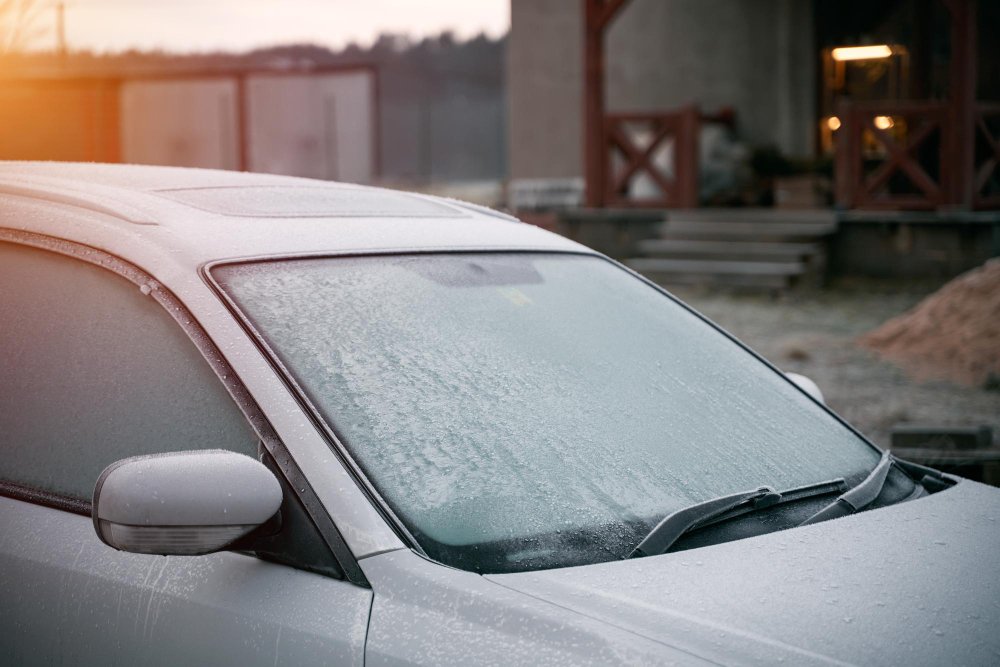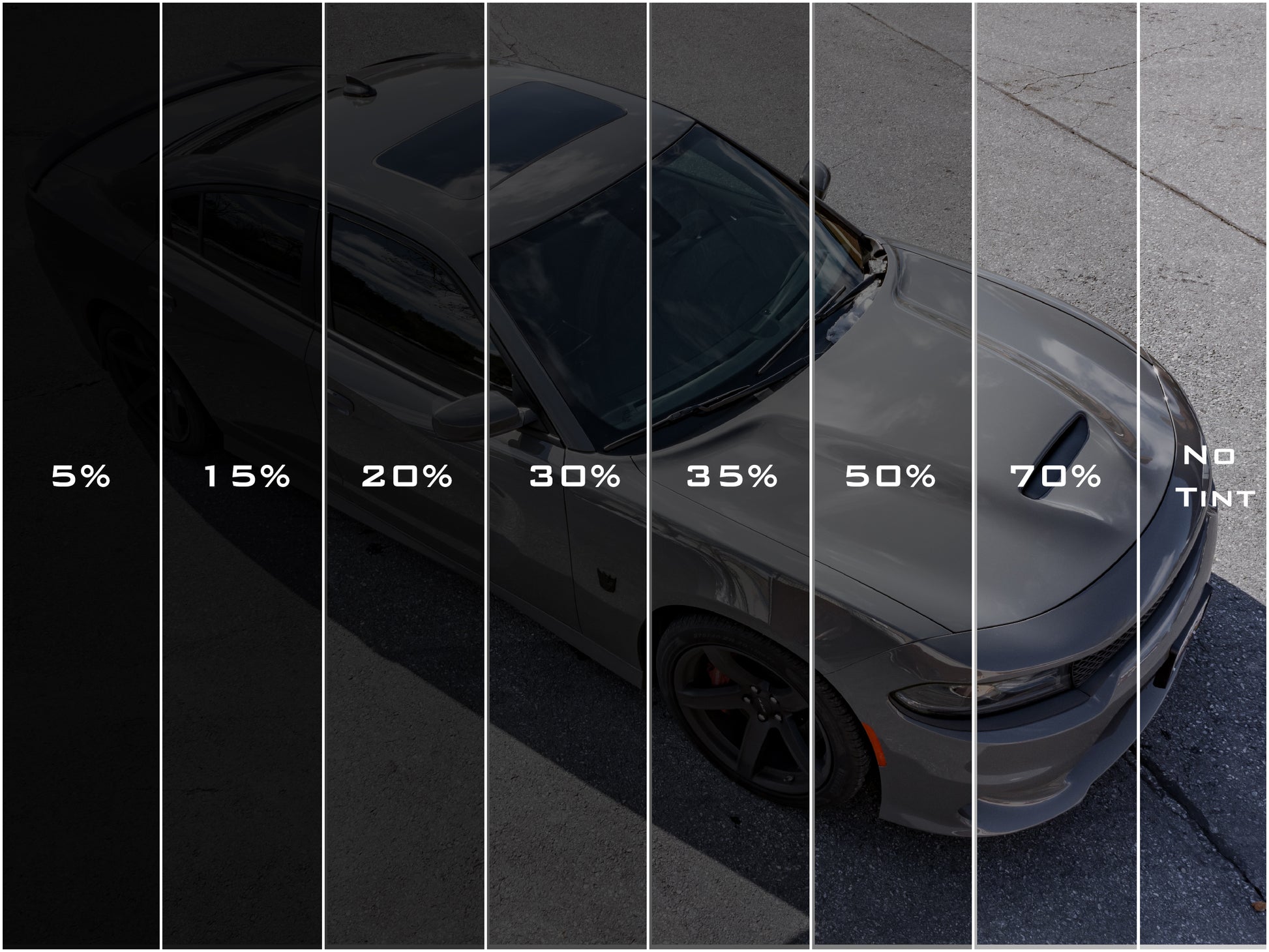How Car Window Tinting Can Raise the Resale Value of Your Automobile
How Car Window Tinting Can Raise the Resale Value of Your Automobile
Blog Article
Window Tinting Rules and Standards: What You Required to Know Before Tinting Your Auto
Prior to continuing with window tinting for your automobile, it is essential to acquaint yourself with the varied laws and standards that regulate this technique throughout different states. These laws determine the permitted levels of tint darkness, commonly measured by visible light transmission (VLT) portions, and consist of details specifications for front windscreens aimed at making certain roadway security.
Overview of Window Tinting Regulations
Home window tinting regulations are frequently subject to variation throughout various jurisdictions, showing regional regulations and safety and security factors to consider. These regulations dictate the permissible degrees of color darkness and reflectiveness on automobile windows, making certain that chauffeurs keep sufficient presence while additionally protecting versus dangerous UV rays and heat.
Most laws categorize window tinting based upon the Visible Light Transmission (VLT) percentage, which suggests the amount of light that can go through the home window. Typically, reduced VLT portions represent darker colors. Regulations typically separate in between the front, side, and back home windows, with stricter restrictions related to the front windscreen to improve safety and security for both the driver and other road users.
Compliance with home window tinting policies is critical, as offenses can result in fines, compulsory removal of the color, and possible rises in insurance premiums. It is crucial for lorry owners to acquaint themselves with neighborhood legislations prior to continuing with home window tinting installations.
State-by-State Color Regulations
Comprehending the details window tinting policies in each state is vital for lorry proprietors looking for to abide by the legislation. Each state in the united state has established its own collection of rules controling home window tinting, which can differ considerably. These laws typically dictate the allowable levels of tint darkness, the kinds of windows that can be tinted, and any type of clinical exceptions that might apply.
For example, states like The golden state have rigid limitations on color darkness for front windows, while others, such as New Mexico, might permit darker colors. In addition, particular states mandate specific visibility percentages for numerous home windows, including the windscreen, front side home windows, and rear home windows. It is crucial for automobile owners to familiarize themselves with their state's laws to avoid potential fines or fines.
Moreover, some states might call for a qualification sticker to be put on tinted home windows, suggesting conformity with state regulations. Failing to abide by these guidelines not just takes the chance of lawful consequences yet can likewise influence security and visibility while driving. Consequently, vehicle owners ought to perform comprehensive study or seek advice from local authorities to ensure complete understanding and conformity with state-by-state color laws.
Allowed Tint Levels and Kinds
Many vehicle owners may be surprised to learn that permitted tint degrees and kinds vary extensively across different states. Each state has actually established its very own regulations relating to the permitted darkness and reflectivity of window color, typically measured by Visible Light Transmission (VLT) percentages. VLT refers to the amount of light that can travel through the tinted windows; hence, a reduced percent indicates blog here a darker tint.

Additionally, the kinds of color materials enabled can vary, with some states prohibiting metal or mirror-like finishes. It is essential for vehicle owners to acquaint themselves with their state's particular laws to make certain compliance. Non-compliance can result in fines, necessary elimination of the color, or various other legal consequences, making it essential to recognize these guidelines before proceeding with installation.
Medical Exemptions for Tinting
While not all states supply allocations for medical exemptions pertaining to window tinting, those that do identify the need for specific individuals to improve visibility and comfort due to clinical conditions. Numerous medical problems, such as lupus, skin cancer cells, and particular eye conditions, can render people especially delicate to sunlight. These individuals may need darker tints to shield themselves from hazardous UV rays and glow.

It is necessary to keep in mind that despite a clinical exemption, there may still be constraints on the level of tint permitted. Compliance with state laws guarantees that people are both protected and within legal restrictions. Those taking into consideration clinical exemptions need to call their regional Department of Motor Vehicles or equal authority to recognize the treatments and requirements required to obtain an exemption properly.
Charges for Non-Compliance
Falling short to abide by window tinting regulations can bring about significant fines, which differ by state. Regulation enforcement agencies are empowered to release citations for lorries that do not abide by the defined tinting policies. These penalties normally include fines, which can vary from modest total up to numerous hundred bucks, relying on the seriousness of the offense and the state in question.
In some jurisdictions, duplicated offenses might result in escalating fines or additional fines, such as obligatory court appearances. Additionally, non-compliance may necessitate the removal of unlawful tinting, typically at the proprietor's expenditure. In extreme situations, regular culprits may face suspension of their automobile registration until compliance wikipedia reference is accomplished.
Additionally, insurance coverage ramifications may develop from obtaining multiple citations for window color violations. Insurance providers may see such violations as an indication of riskier habits, possibly bring about enhanced premiums or trouble in coverage.
To prevent Go Here these fines, it is crucial for car proprietors to familiarize themselves with their neighborhood home window tinting laws and make certain that their automobile complies (Window Tinting). This aggressive method not only stays clear of lawful ramifications yet likewise promotes road security
Conclusion

A lot of laws classify window tinting based on the Visible Light Transmission (VLT) portion, which suggests the quantity of light that can pass via the window. Conformity with window tinting regulations is vital, as offenses can result in penalties, necessary elimination of the color, and possible increases in insurance coverage premiums.Recognizing the certain window tinting regulations in each state is crucial for lorry owners seeking to abide with the legislation. These guidelines frequently determine the allowable levels of color darkness, the types of windows that can be tinted, and any type of medical exemptions that might apply.
For instance, states like California have rigorous constraints on tint darkness for front windows, while others, such as New Mexico, may enable darker colors.
Report this page